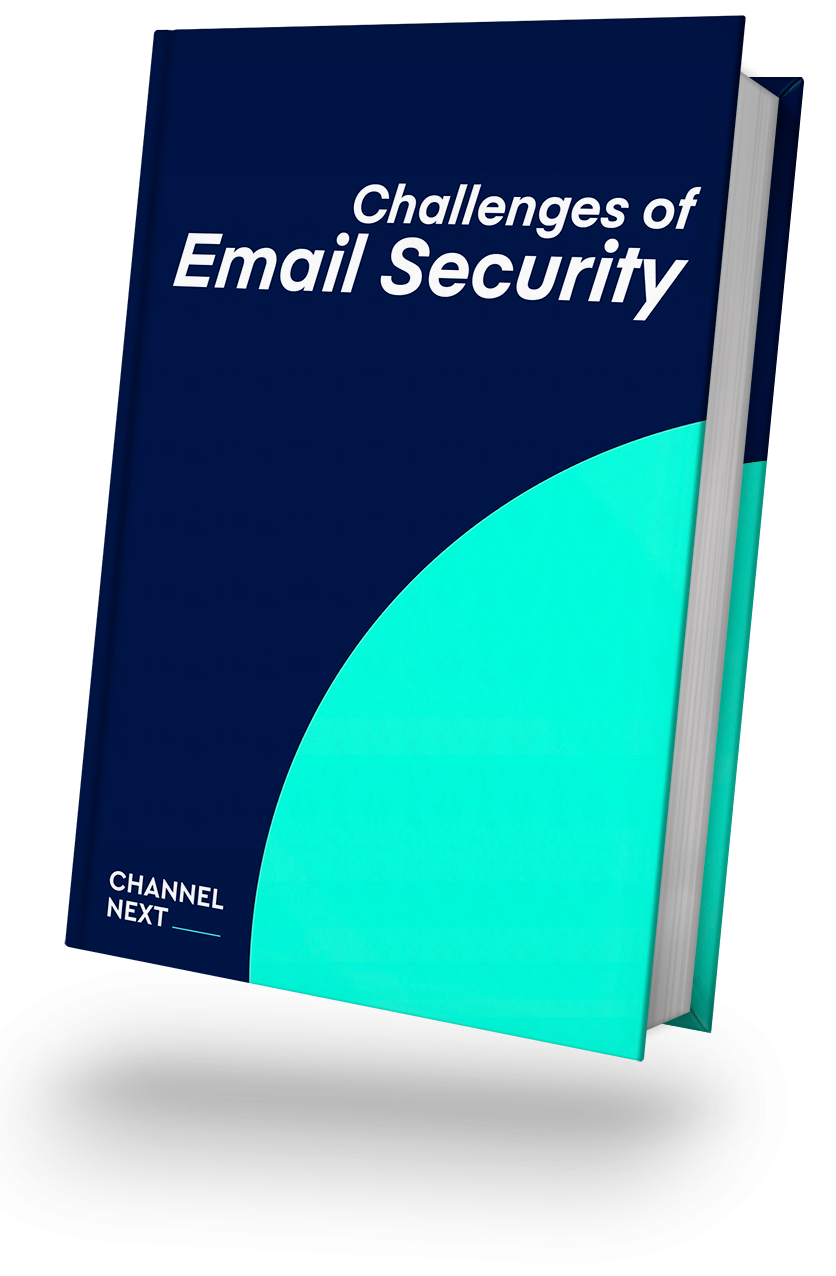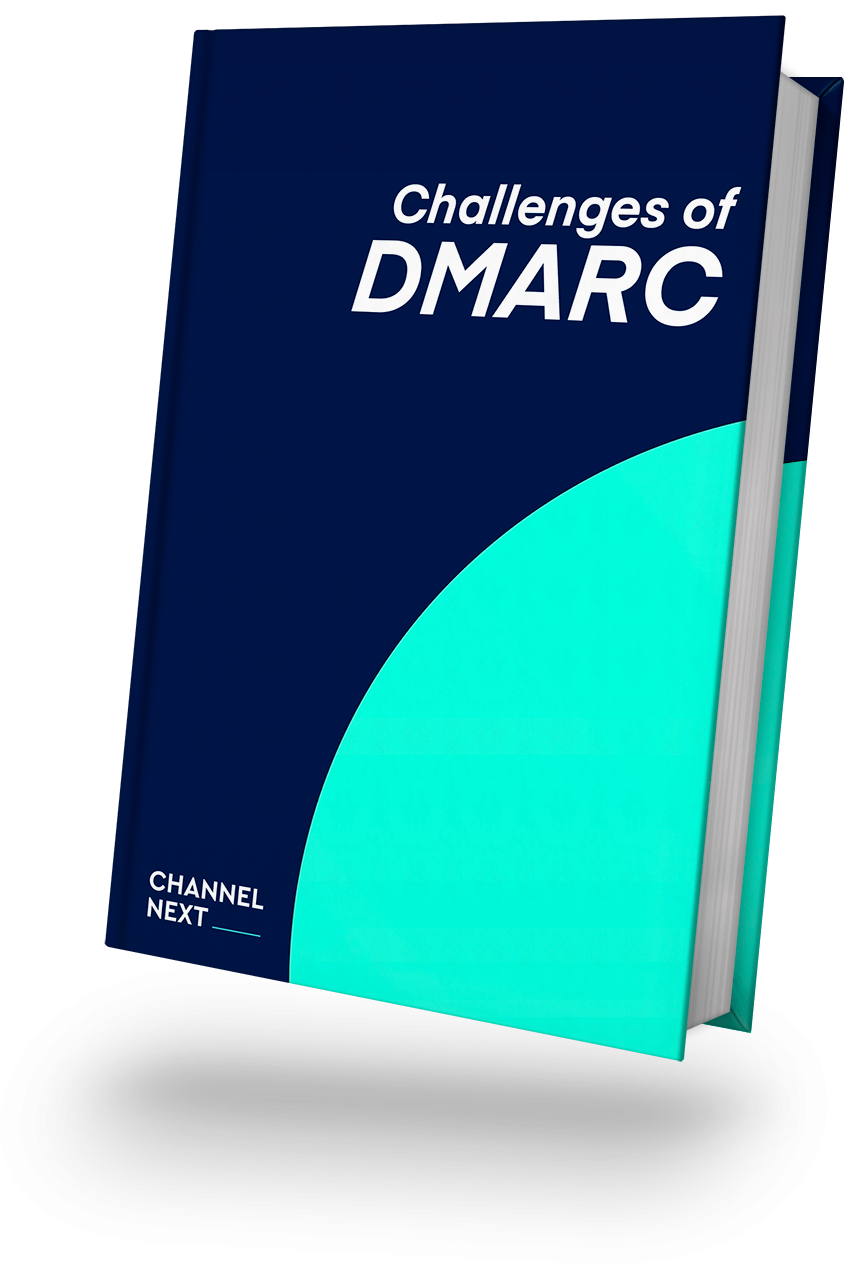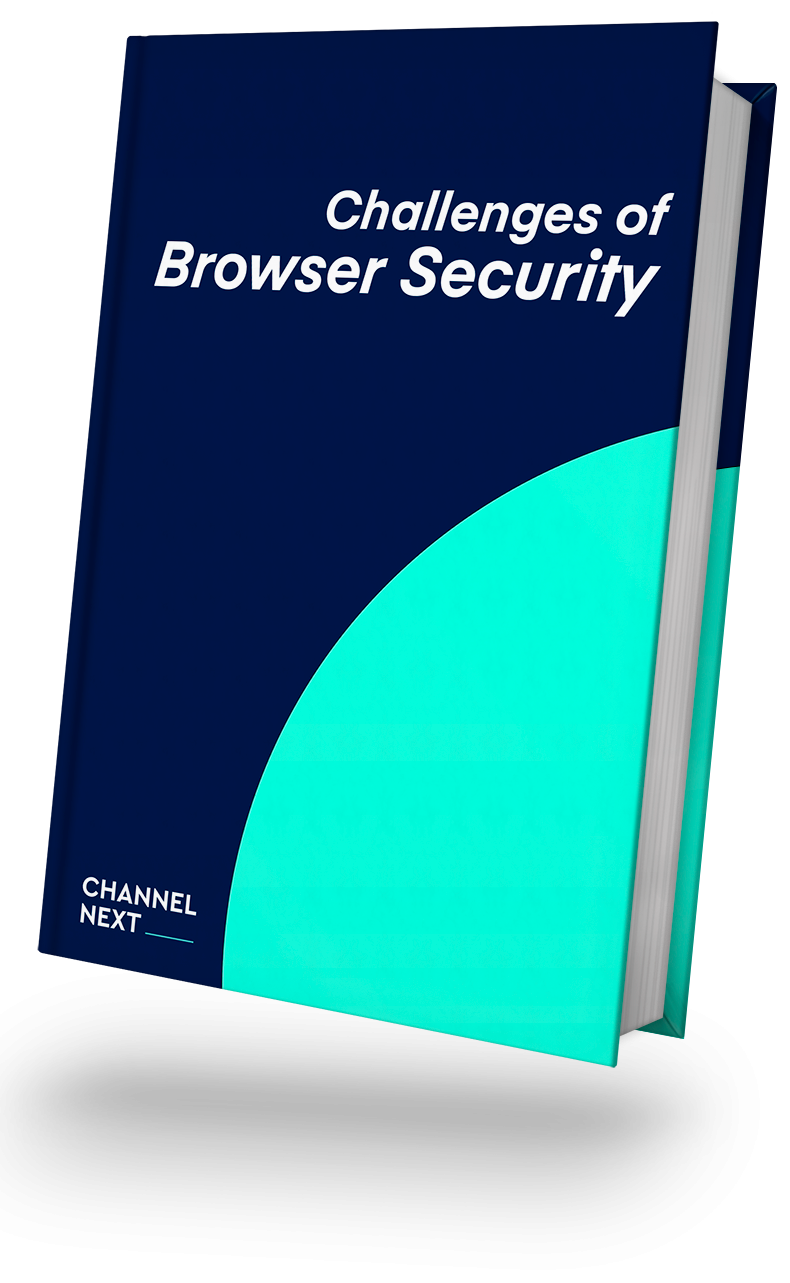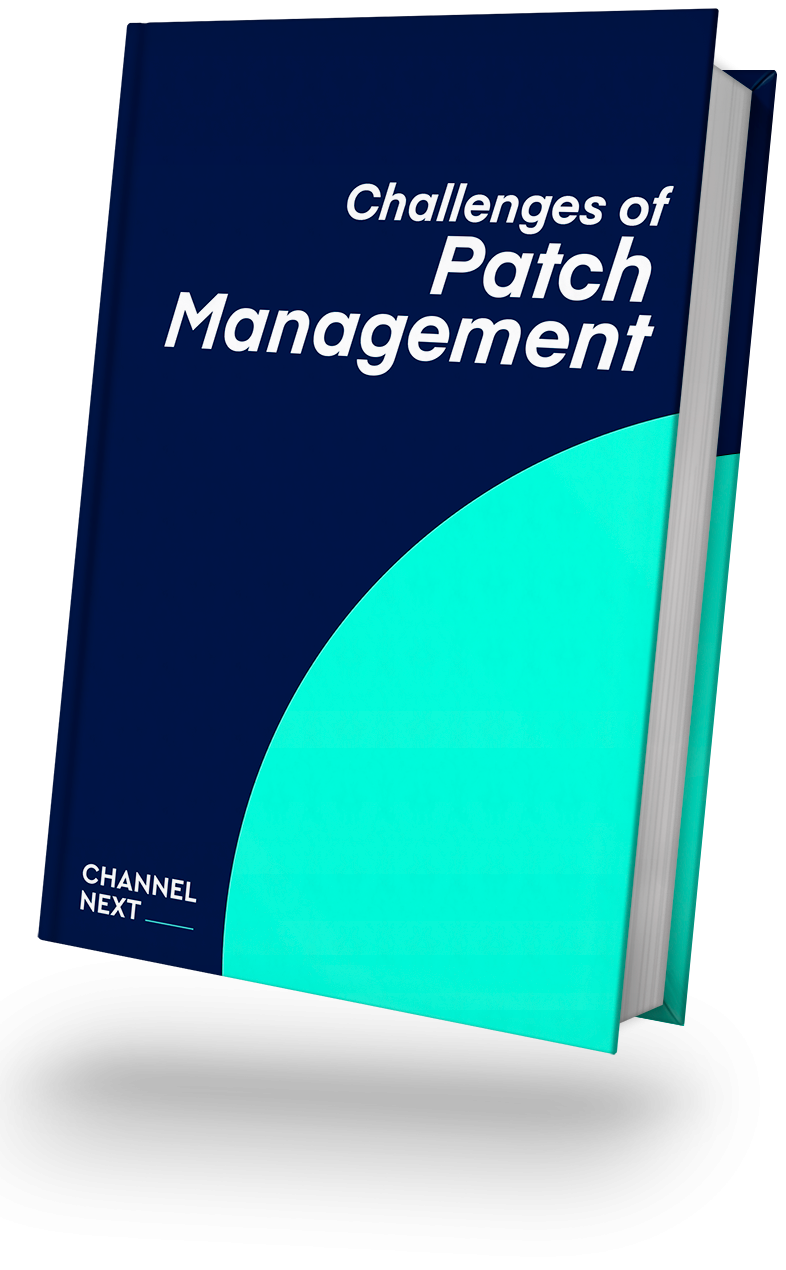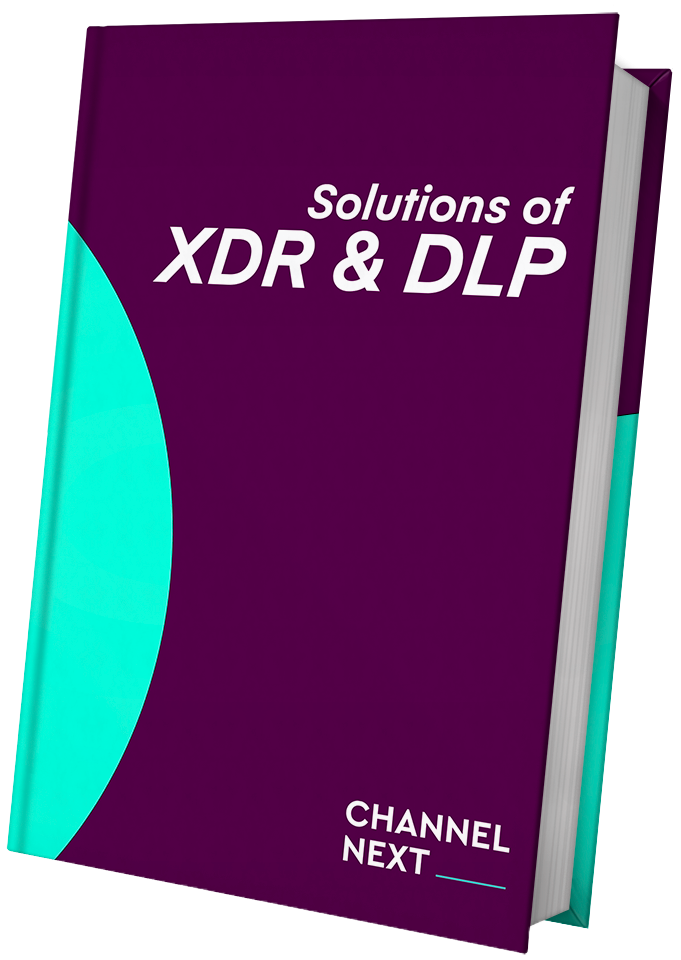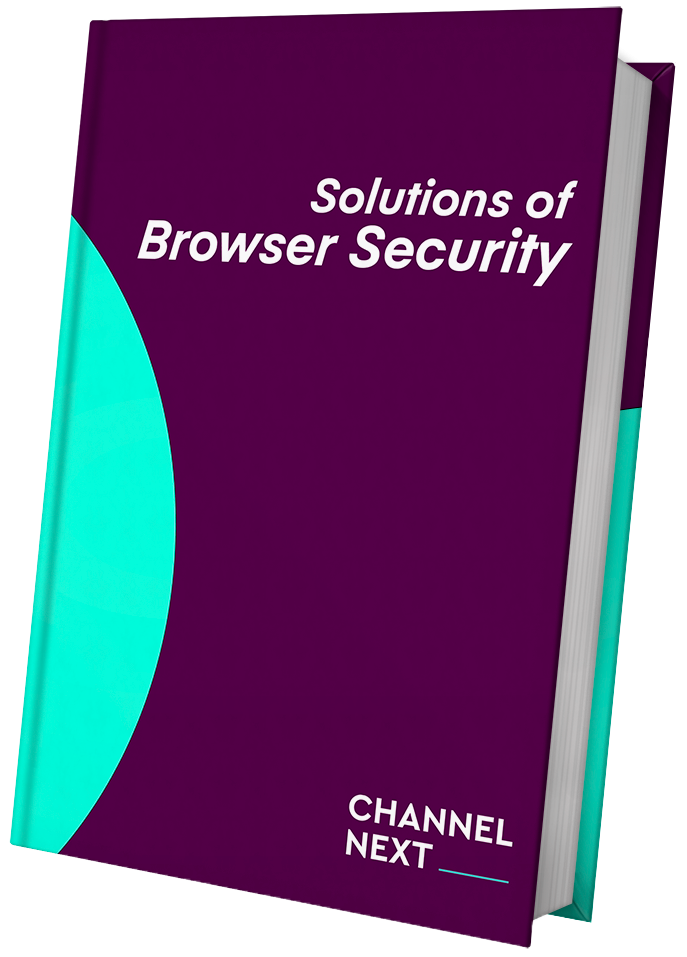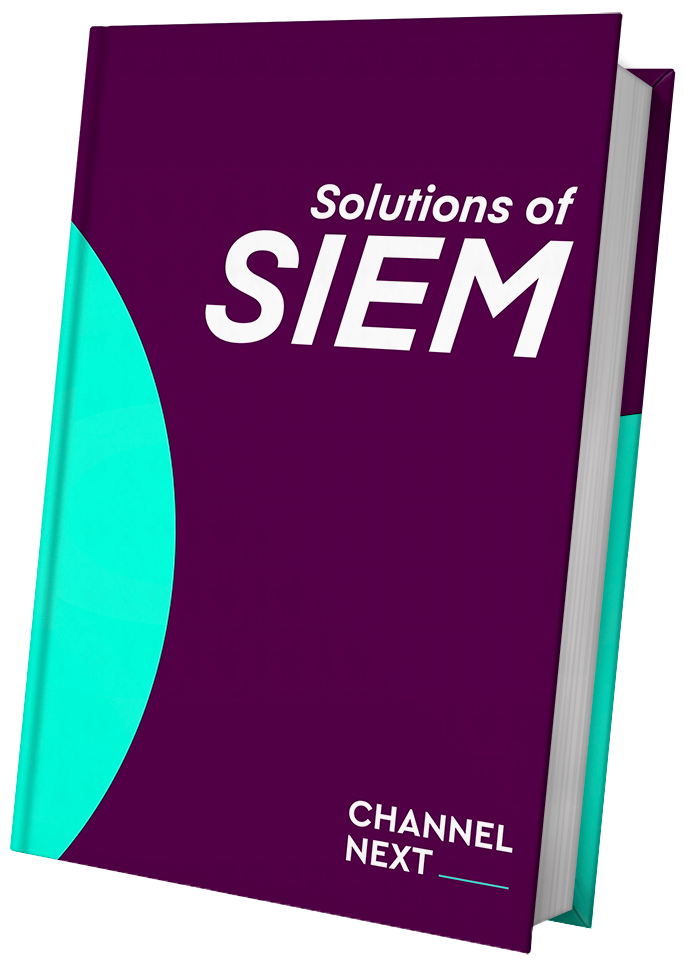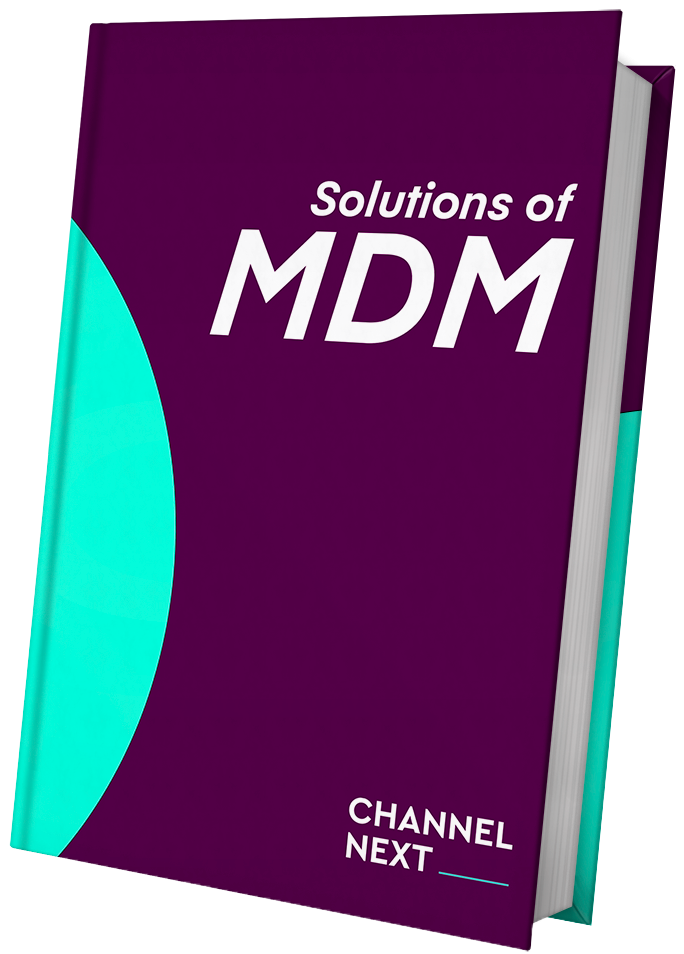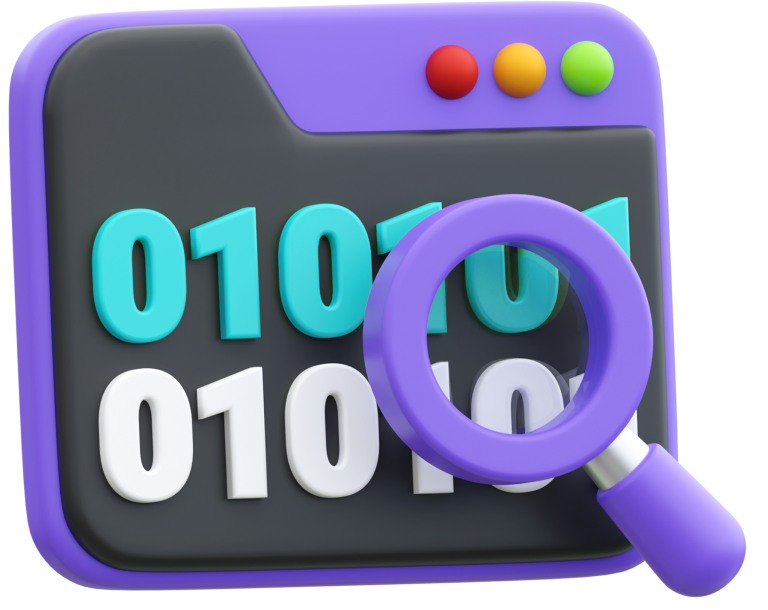Top Challenges

Complex Prioritization

Real-time Detection

Integration Hurdles

Complex Prioritization

Real-time Detection

Integration Hurdles
Complex Prioritization
CHALLENGES
Balancing critical patches with routine updates complicates vulnerability management.
Consequences
Misjudging priority leads to delayed patching, leaving systems vulnerable to exploitation and increasing the risk of cyber attacks.
Scenario 1: Critical Patch Oversight
A company overlooks a critical patch amid routine updates, leaving a vulnerability unaddressed. Cybercriminals exploit this oversight, leading to a data breach and significant financial losses.
Scenario 2: Patch Confusion
In the rush to apply patches, IT teams struggle to prioritize between critical and routine updates, leading to confusion. As a result, critical vulnerabilities remain unpatched, increasing the organization's exposure to cyber threats.
Scenario 3: Resource Allocation Dilemma
Limited resources force IT teams to prioritize patching based on perceived severity, rather than actual risk. Unfortunately, this approach leaves critical vulnerabilities unaddressed, leading to potential security incidents and reputational damage.
Scenario 4: Vendor Patch Overload
An organization faces a flood of patches from multiple vendors, overwhelming its patch management system. Amidst the chaos, critical vulnerabilities are overlooked, exposing the organization to cyber threats and regulatory non-compliance.
Critical Patch Oversight
A company overlooks a critical patch amid routine updates, leaving a vulnerability unaddressed. Cybercriminals exploit this oversight, leading to a data breach and significant financial losses.
Patch Confusion
In the rush to apply patches, IT teams struggle to prioritize between critical and routine updates, leading to confusion. As a result, critical vulnerabilities remain unpatched, increasing the organization's exposure to cyber threats.
Resource Allocation Dilemma
Limited resources force IT teams to prioritize patching based on perceived severity, rather than actual risk. Unfortunately, this approach leaves critical vulnerabilities unaddressed, leading to potential security incidents and reputational damage.
Vendor Patch Overload
An organization faces a flood of patches from multiple vendors, overwhelming its patch management system. Amidst the chaos, critical vulnerabilities are overlooked, exposing the organization to cyber threats and regulatory non-compliance.
Real-time Detection
CHALLENGES
Real-time detection requires robust monitoring systems and resources, posing scalability and cost challenges for organizations with limited budgets and infrastructure.
Consequences
Without real-time detection, organizations face delays in identifying and responding to security incidents, increasing the risk of data breaches and prolonged exposure to cyber threats.
Network Intrusion Alert
A large corporation’s real-time detection system alerts of suspicious network activity, indicating a potential intrusion. Security teams swiftly investigate, preventing data exfiltration and mitigating the threat before it escalates, safeguarding sensitive information and preserving business continuity.
Malware Outbreak Detectiont
An organization’s real-time detection tools detect a sudden surge in malware activity across endpoints. Automated response mechanisms isolate infected devices, preventing further spread and minimizing damage. Rapid containment efforts thwart the malware outbreak, averting data loss and operational disruption.
Anomalous User Behavior
Real-time detection systems flag unusual user behavior patterns in a financial institution’s network. Security teams investigate and uncover an insider threat attempting unauthorized access to sensitive financial data. Prompt intervention prevents data theft and financial fraud, maintaining customer trust and regulatory compliance.
Integration
Hurdles
CHALLENGES
Integration hurdles arise when patch and vulnerability management solutions struggle to seamlessly integrate with existing IT infrastructure and tools, complicating the implementation process.
Consequences
Failure to overcome integration hurdles leads to disjointed security processes, hindering effective vulnerability management and exposing organizations to heightened cybersecurity risks and compliance issues.
Scenario 1:Legacy System Compatibility Challenge
In this scenario, a company with legacy IT systems faces integration hurdles when implementing a new patch and vulnerability management solution. The outdated infrastructure lacks compatibility with modern security tools, requiring extensive customization and configuration to ensure seamless integration.
Despite efforts to bridge the gap, the process is time-consuming and resource-intensive, delaying the deployment of critical security updates.
Scenario 2: Tool Overload Dilemma
A multinational corporation struggles with integration hurdles due to the proliferation of disparate security tools across its network. Each department has invested in its own patch management and vulnerability assessment solutions, leading to tool overload and compatibility issues.
Attempts to consolidate tools and streamline processes are met with resistance, prolonging the integration process and exposing the organization to security gaps.
Scenario 3: Cloud Migration Complexity
A company transitioning to cloud-based infrastructure encounters integration hurdles when implementing a patch and vulnerability management solution. The shift from on-premises systems to cloud platforms introduces complexities in data migration, access controls, and network configurations.
Integrating the new solution with existing cloud environments proves challenging, requiring careful planning and collaboration between IT and security teams.
Scenario 4: Vendor Lock-In Barrier
An organization faces integration hurdles when locked into proprietary vendor solutions for its IT infrastructure. The lack of interoperability between vendor-specific tools impedes the seamless integration of a new patch management system.
Attempts to negotiate interoperability agreements with vendors are met with resistance, prolonging the integration process and limiting flexibility in security operations.




Scenario 1:Legacy System Compatibility Challenge
In this scenario, a company with legacy IT systems faces integration hurdles when implementing a new patch and vulnerability management solution. The outdated infrastructure lacks compatibility with modern security tools, requiring extensive customization and configuration to ensure seamless integration.
Despite efforts to bridge the gap, the process is time-consuming and resource-intensive, delaying the deployment of critical security updates.
Scenario 2: Tool Overload Dilemma
A multinational corporation struggles with integration hurdles due to the proliferation of disparate security tools across its network. Each department has invested in its own patch management and vulnerability assessment solutions, leading to tool overload and compatibility issues.
Attempts to consolidate tools and streamline processes are met with resistance, prolonging the integration process and exposing the organization to security gaps.
Scenario 3: Cloud Migration Complexity
A company transitioning to cloud-based infrastructure encounters integration hurdles when implementing a patch and vulnerability management solution. The shift from on-premises systems to cloud platforms introduces complexities in data migration, access controls, and network configurations.
Integrating the new solution with existing cloud environments proves challenging, requiring careful planning and collaboration between IT and security teams.
Scenario 4: Vendor Lock-In Barrier
An organization faces integration hurdles when locked into proprietary vendor solutions for its IT infrastructure. The lack of interoperability between vendor-specific tools impedes the seamless integration of a new patch management system.
Attempts to negotiate interoperability agreements with vendors are met with resistance, prolonging the integration process and limiting flexibility in security operations.

